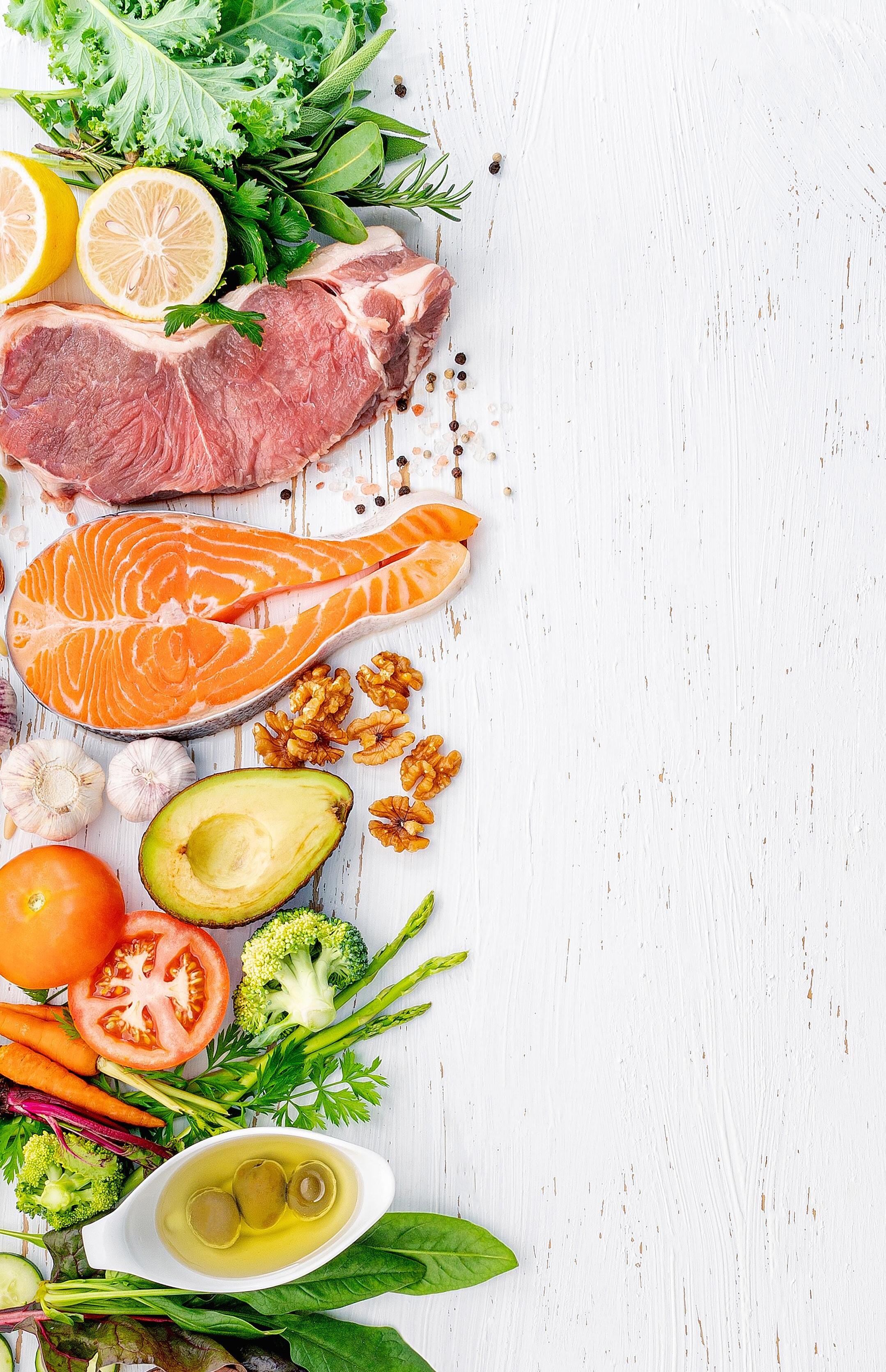

FATS PROTEINS & CARBS



Proteins
Proteins are chains of amino acids and are needed to maintain the tissues and organs in our body. It’s really important to get enough protein in your diet, especially when trying to lose weight, as it helps the body to break down body fat stores when we create a calorie deficit. Protein can come from both animal and plant sources. Below is a list of some of the protein food sources:
• Meat - chicken, turkey, pork, beef, lamb
• Fish - cod, tuna, haddock, prawns, salmon
• Eggs - egg white is protein
• Dairy products - aim for low-fat options of cheese, yoghurt, milk
• Soy milk
• Tofu
• Beans - soy beans, black beans, white beans, kidney beans
• Legumes - lentils, split peas, chickpeas
• Nuts
• Grains - oats, quinoa, couscous
• High-protein vegetables - peas, broccoli, spinach
• Vegetarian substitutes such as Quorn
• Protein supplements - Whey, Soy, Pea


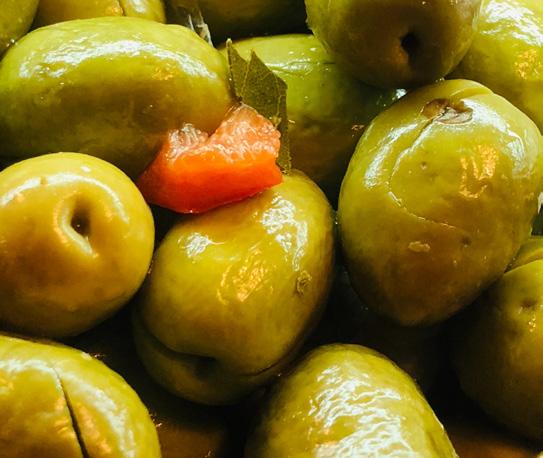
Fats
Fat is an essential part of a well-balanced diet and plays vital roles in maintaining our body cells and hormones.
Fat contains more calories per gram than protein and carbohydrates, so you don’t need as much of it in your diet. Fats are chains of molecules that come in different arrangements and that why some are liquid (unsaturated fats such as oils) and some are solid (saturated fats such as meats). Overall, it is better to try and get most of the fats you eat from unsaturated sources. Examples of both are below:
Unsaturated fats
• Nuts & whole nut butters
• Avocado
• Olives
• Fish
• Vegetable oils - rapeseed, olive
• Seeds - flax seeds, chia seeds
Saturated fats
• Meat cuts with fat - steaks, chops
• Meat products - sausages, burgers
• Butter, lard & ghee
• Cheese
• Cream
• Chocolate
You should avoid eating too many trans fats and hydrogenated fats, mostly present in snack foods, frozen pizzas and fast foods etc. These are created artificially, and they are found in packaged and processed foods. They will be written on the food labels of products if they contain them. These are the types of fat that are most linked to heart disease and diabetes.
Visit our website for loads of tips and ideas on improving your diet.

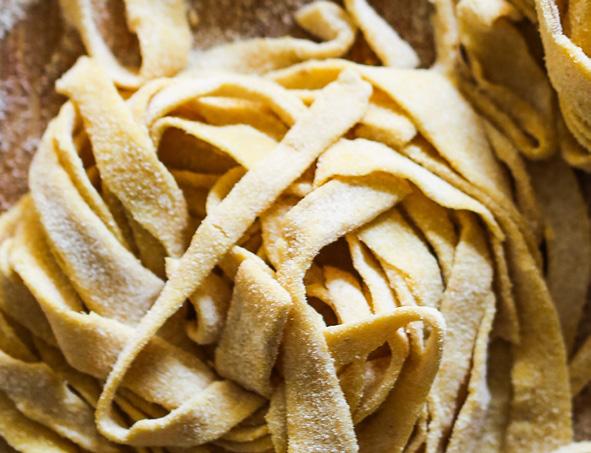
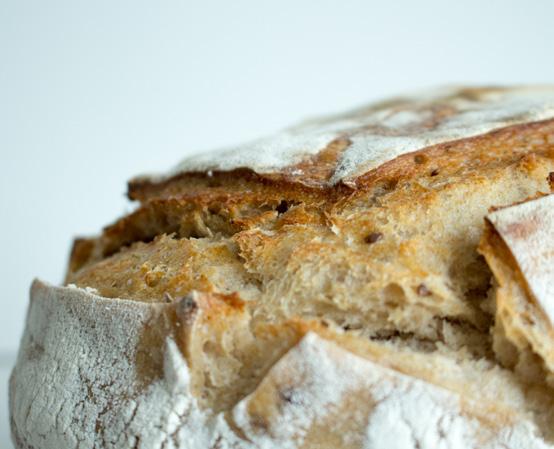
Carbohydrates
All carbohydrates are chains made up of 3 sugars; glucose, fructose and galactose. This is the same in all carbohydrates. How these chains are arranged and linked together differs between carbohydrates.
Smaller, less-linked chains are simple carbohydrates and longer, morelinked chains are complex carbohydrates. It’s important to ensure that you are eating more complex carbohydrates than simple carbohydrates when you want to lose weight.
The simple carbohydrates are broken down and digested by the body quickly, releasing a high sugar load that your body quickly stores away in your muscles and liver. The way your body stores these sugars, as glycogen, attracts a lot of water to it so you can end up with a bloated feeling quite quickly when you eat a lot of them.
The high sugar load that simple carbohydrates release into the blood stream, causes a large insulin spike which signals to your body to store the sugar and to create body fat stores. The high sugar spike eventually drops, which leads to sugary cravings and repeating the cycle.
Complex carbohydrates take much longer to be digested and so they release their sugars more slowly allowing you to use the energy released in your day to day activities and maintain steady blood sugar levels. They also contribute to your daily fibre allowance which helps keep you maintain a healthy gut.



Below are some examples of both types of carbohydrate:
Complex Carbohydrates
• Whole grain cereals & oats
• Wholewheat/wholemeal bread
• Brown & wild rice
• Wholewheat/brown pasta
• Sweet potatoes & butternut squash
• Grains & beans
• Vegetables
• Fruit
Simple Carbohydrates
• White bread
• White rice
• White pasta
• White potatoes
• Crisps
• Sweets, chocolate, cakes & biscuits
• Sugar
• Added sugars to processed foods & fizzy drinks
• Sweeteners

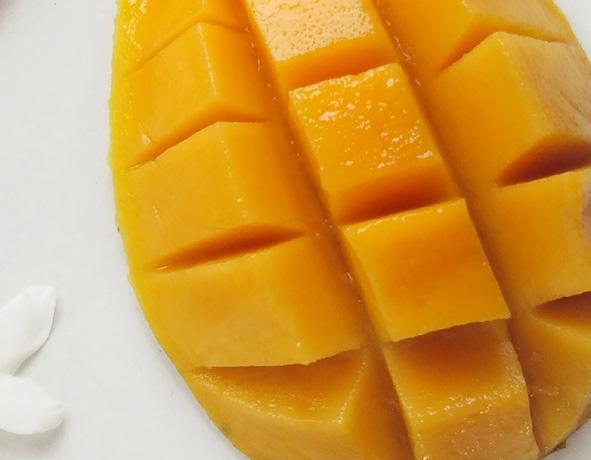
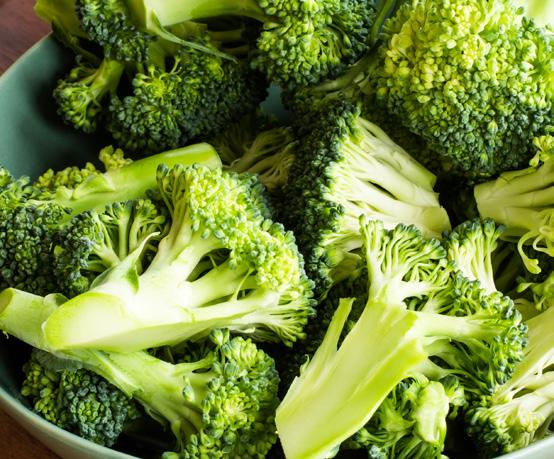
Carbohydrates continued
Fruits contain mostly simple sugars however they have a fibrous structure and are full of nutrients, vitamins and minerals so they are considered more a complex carbohydrate overall.
It is important when eating fruit to consider the sugar content – especially when it comes to fruit juices or making fruit smoothies.
When fruit is juiced, blended or crushed it breaks down that fibrous structure and makes them more of a simple carbohydrate so stick to 1 or 2 fruits in any homemade smoothies or 1 small glass of fruit juice a day.
The more exotic the fruit (and sweeter the taste) the more sugar – so mangoes, pineapples, ripe bananas are all high in sugar where apples, pear and berries are much lower.
